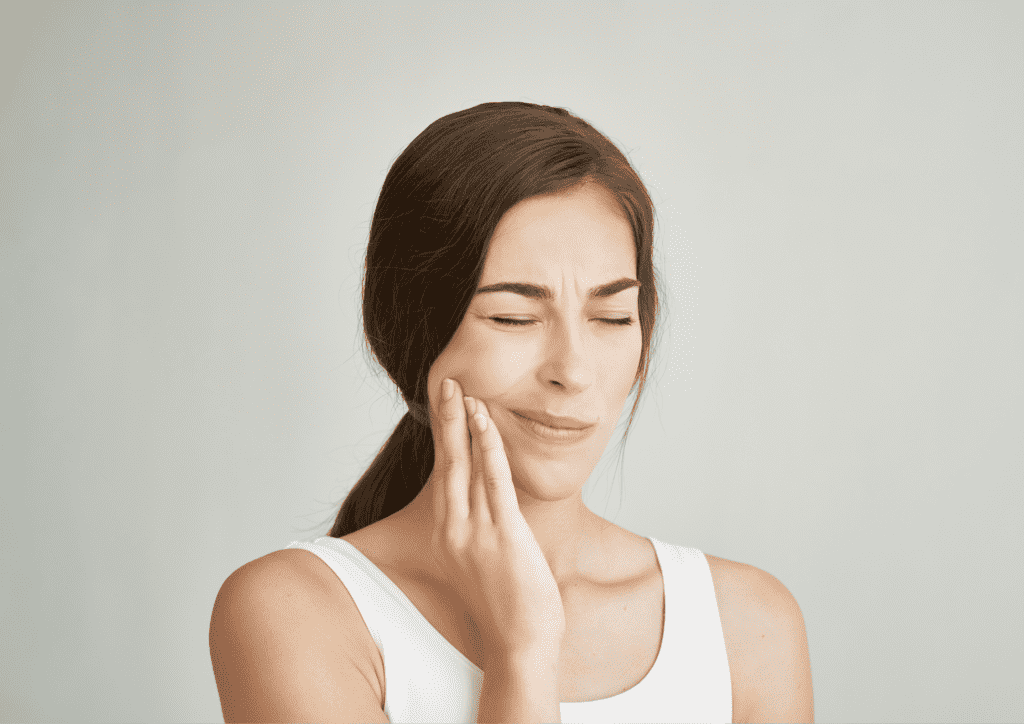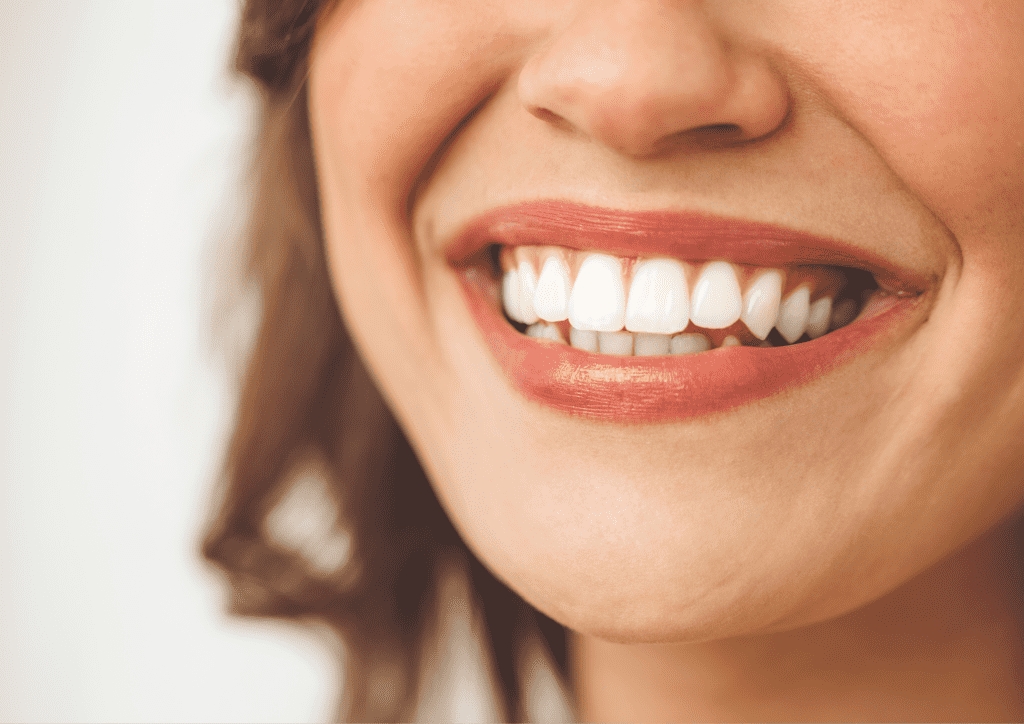Sleep dentistry is a division of dentistry that focuses on providing dental care to patients who are sedated or asleep. It is also sometimes called sedation dentistry. Sleep dentists use various methods to help their patients relax and fall asleep during dental procedures. Some of these methods include the use of nitrous oxide, oral sedatives, and IV sedation. Sleep dentists are specially trained to safely administer these types of sedatives and monitor their patients during dental procedures.
Types of Sedation Used In Sleep Dentistry
Different types of sleep dentistry methods can be used during dental visits, including inhaled minimal sedation, oral sedation, IV moderate sedation, and deep sedation or general anesthesia. Each type of sedation has its advantages and disadvantages, and your dentist will work with you to determine the best type of sedation for your needs and dental health.
Inhaled Minimal Sedation
Inhaled minimal sedation, also known as laughing gas or nitrous oxide, is the mildest type of sedation. It’s a gas that’s inhaled through a mask and causes you to feel lightheaded and relaxed. It is often used for routine dental procedures such as cleanings or fillings. Inhaled minimal sedation is quick-acting and wears off quickly, so you can continue with your day once the procedure is finished.
Oral Sedation
Oral sedation involves taking a pill that will make you feel drowsy and relaxed. You will remain conscious during the procedure, but you’ll be less aware of what’s happening around you. Oral sedation can be used for a wide range of dental procedures, from routine cleanings to more complex procedures. The effects can last several hours after the procedure, so you’ll need someone to drive you home.
IV Moderate Sedation
IV moderate sedation, also known as conscious sedation, is a type of sedation administered through an IV. It is a more potent form of sedation, and it can make you feel sleepy and detached from what is happening around you. IV moderate sedation is often used for more complex dental procedures, such as extractions or root canals. As with oral sedation, the effects of IV moderate sedation can last several hours after the procedure, and you’ll need someone to drive you home.
Deep Sedation and General Anesthesia
Deep sedation and general anesthesia are the most potent forms of sedation, and they’re used only for complex procedures. Deep sedation causes you to fall asleep and general anesthesia puts you into a deeper sleep state. Both types of sedation can cause side effects such as nausea and vomiting, so they should only be used by dentists who are experienced in providing these types of sedation.
Is Sleep Dentistry Safe?
While sedation dentistry may offer some advantages over traditional dental care, such as less pain and anxiety, there are also some risks associated with sleep dentistry.
One risk of sedation dentistry is that patients may not be adequately sedated. This can lead to awareness during the procedure, which can be frightening for the patient. Additionally, patients who are sedated may be at risk for adverse drug reactions.
Another risk of sleep dentistry is that it may be difficult to assess the level of sedation. When a patient is sedated, they may not be able to communicate with the dentist, which could lead to further complications.
Overall, sleep dentistry is a relatively safe procedure, but there are some risks associated with it. Patients need to discuss their concerns with their dentist before undergoing any dental procedure.
Benefits of Sleep Dentistry
Dental sedation offers many benefits:
- It can help patients who suffer from dental anxiety, fear or dental phobias. Dental phobia and anxiety are common problems, and sedation can help those affected get the dental care they need.
- It can make complex dental treatment easier for both the patient and the dentist, and remove the pain aspect of the dental treatment.
- It can allow patients to get all their work done in one dental visit. This is especially helpful for people who need multiple dental procedures and treatment.
When Do You Need Sleep Dentistry?
Sleep dentistry can be used for many procedures, from simple cleanings to more complex treatments like root canals or extractions. The type of procedure you need depends on the severity of your dental anxiety and the type of procedure you’re having done. Some forms of sedation can also be used for people afraid of needles or who have a strong gag reflex.
Summary
Sleep dentistry can provide a variety of benefits for those who struggle with dental anxiety, experience difficulty sleeping due to pain or discomfort from dental treatments, or need extensive dental work.
If you’re considering sleep dentistry, we urge you to book an appointment with our team. We would be happy to discuss your needs and help you determine if this treatment is right for you.














